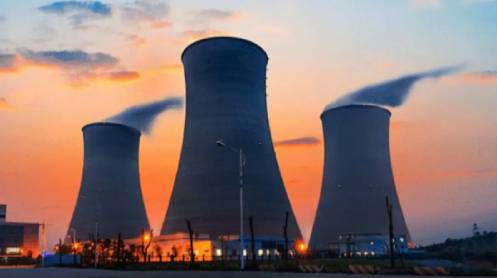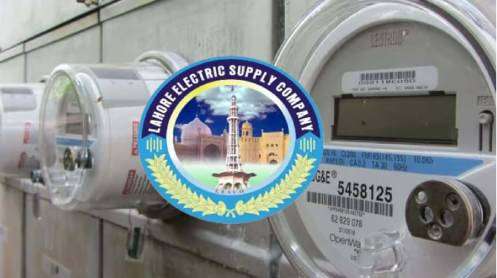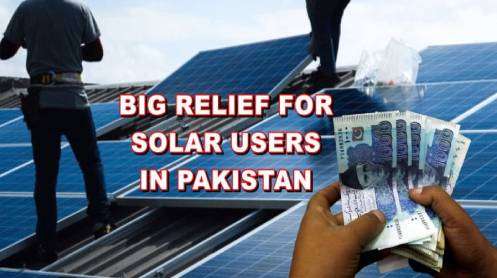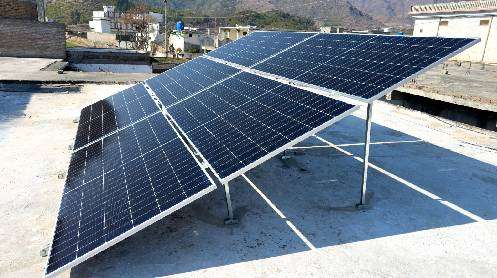ISLAMABAD: The government on Thursday unveiled revised contract terms for four state-owned power plants, aiming to save approximately Rs1.567 trillion over the long term by transitioning to a ‘hybrid take-and-pay’ tariff model. However, it did not clarify how the corresponding revenue shortfall would be addressed.
During a public hearing held by the *National Electric Power Regulatory Authority (Nepra), it was revealed that two major LNG-based power plants — *Balloki and Haveli Bahadurshah (each over 1,200MW) — have operated without insurance coverage since commissioning in 2016, drawing strong criticism from Nepra Chairman Waseem Mukhtar.
The Central Power Purchasing Agency (CPPA), represented by CEO *Rihan Akhtar, stated that the tariff restructuring would lower electricity costs by **25-32 paisa per unit, with average 30-year tariffs ranging from **Rs9 to Rs12 per unit. The new model applies to **Balloki, **Haveli Bahadurshah, **Guddu (747MW), and *Nandipur (510MW) plants.
Key features include:
- Shift from ‘take or pay’ to hybrid take-and-pay model
- Reduction in capacity charges and O&M costs
- Cap on dollar indexation at Rs168
- Conversion to rupee-based indexation to curb exchange rate risks
- Restructured return on equity (ROE): 35% fixed, 65% performance-based
- Insurance costs capped at 0.8% of sum insured
Effective from January 1, 2025 (Balloki, Haveli) and February 1, 2025 (Guddu, Nandipur), the revised model is part of a broader effort to reduce consumer-end electricity tariffs and limit public subsidy burdens. Nepra confirmed it would discontinue dollar-based indexations and evaluate waiving applicable tariff fees in the public interest.
These changes follow *federal cabinet approval on March 19, and the *signing of Negotiated Settlement Agreements (NSAs) on April 8, signaling a significant policy shift towards more sustainable and affordable energy pricing.
Story by Khaleeq Kiani







